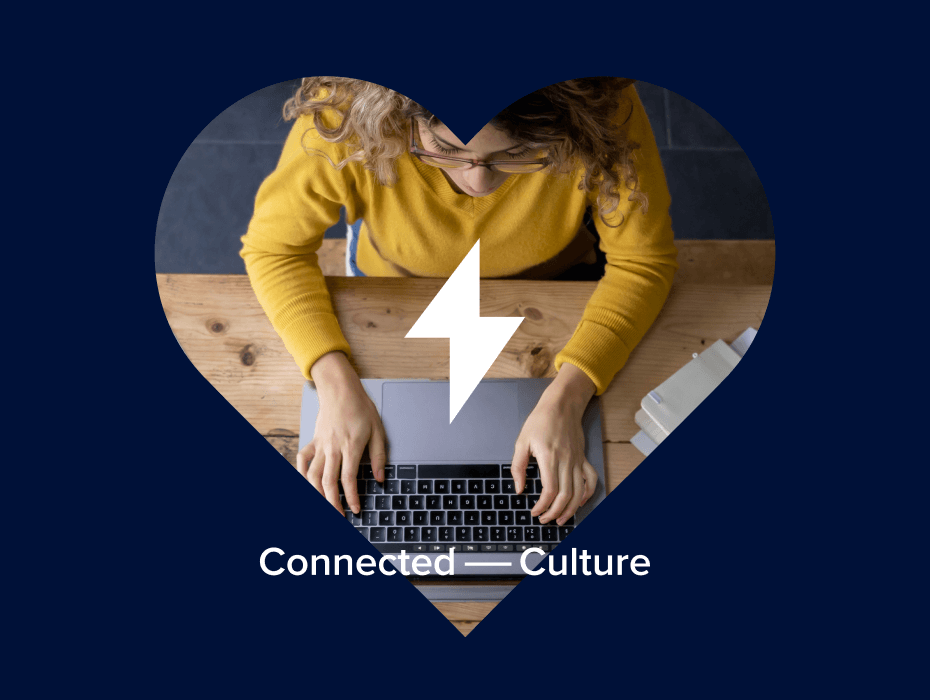How Are You Holding Up?
That’s exactly the question we asked 4,000 remote workers in a recent survey to find out how they’re adjusting and adapting to what has become an extended period of working from home, with no end in sight for many.
We wanted to know about their physical or mental well-being and whether they were feeling disconnected from others. Were they struggling with technology or with accessing information and if so, how was that impacting productivity? Was their company taking steps to help them?
In recent months, headlines about remote work have focused on remote work fatigue and speculated about workers heading back to the office – or not – and what that return might look like. But looking beyond that, we longed for insight about the human impact on remote workers – and so we conducted our own survey.
[ebook-download title=”Study: Remote work suffers without connected culture” link=”https://www.ringcentral.com/connected_culture_report.html” cta-text=”Read the report” src=”https://www.ringcentral.com/content/dam/rc-www/en_us/images/content/landing-page/connected-culture-report/lp_image_asset-png-rendition.webp”]
So what did we learn?
We learned that, among the most productive employees, more than 70 percent feel more connected to their colleagues today than they did pre-pandemic. We also learned that companies that supported employees through more frequent communications, enhanced collaboration tools and even virtual happy hours saw a return on those efforts. Their employees were more productive and healthier, both physically and mentally, than their counterparts who work for companies that did not make such efforts.
More than 40 percent of all employees have struggled more with group work than other types of work tasks, including customer interaction (28%), information gathering (18%), and task execution (14%). In addition, group work was widely called out as being a struggle for a wide range of different types of remote workers, including women, those feeling less connected to their colleagues, those whose companies weren’t encouraging connections, and those who had never worked from home, pre-pandemic.
Among the most glaring of the survey results was the gender gap. While group work was a challenge for many, women (46 percent) struggled with it more than men (37 percent.) A majority of men (58 percent) said they are feeling mentally well, while only 48 percent of women reported positive mental health.
In particular, the discoveries around caretakers turned out to be among the most surprising. Conventional wisdom may lead one to assume that people taking care of others – elderly parents, children or otherwise – while working might consider remote work to be a greater struggle: Balancing school schedules, medical care for elderly parents, along with work responsibilities is the ultimate juggling act. That’s not so, according to the study. Caretakers fared better than non-caretakers as it related to mental wellbeing (57 percent vs. 51 percent), greater productivity (35 percent vs. 24 percent) and feeling more connected (32 percent vs. 12 percent).
Finally, the survey identified what we call the “remote champion”, a unique persona of a resilient worker who is not only persevering through the pandemic but also is feeling connected to others, physically and emotionally, healthy and productive.
While the findings provide some insight into the impact that working from home is having on office-based knowledge workers, surveys rarely provide a clear picture of a complex formula. A number of variables can come into play for individual scenarios. But it does provide employers with some valuable insight into the feelings, challenges and frustrations that employees are having about working from home – and the broader impact that it’s having on them, as well as the company.
These are unprecedented times and there is no playbook for business leaders on how to best manage a work-from-home workforce. Instead, the findings of this survey can serve as the foundation of a playbook for the future because it provides a rare glimpse into the various sentiments and effects of work-from-home under similar conditions and circumstances.
While we hope that future business leaders never need such a playbook, we’re confident that they can learn from our findings and improve the morale and wellbeing of a workforce while leaders focus on their next steps – whether that involves bringing the workforce back to an office or implementing a hybrid solution for the future.




